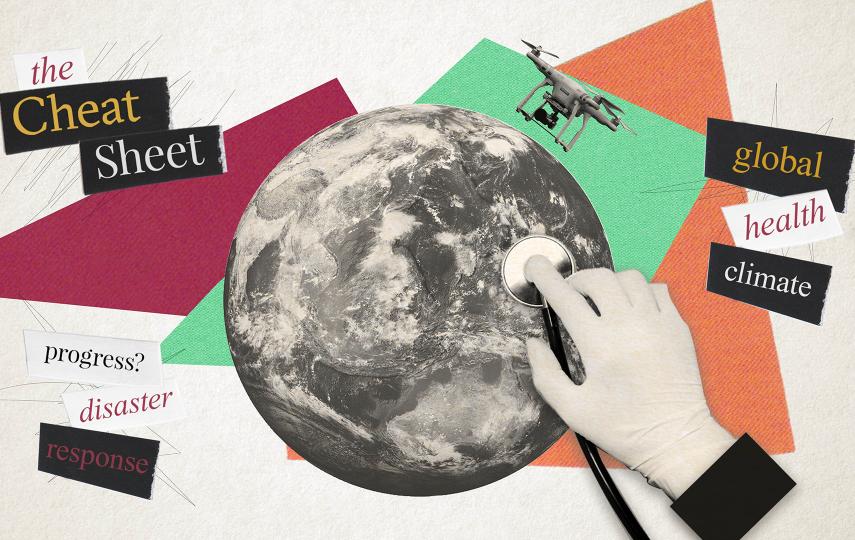Zimbabwe, along with Malawi, Mozambique and Zambia, has long resisted importing GM maize. Most of the maize grown in neighbouring South Africa - which is the largest maize producer in the region, and which usually has a surplus to export - is GM. Though South Africa can provide certified GM-free maize, it is more expensive than the maize produced in Malawi or Zambia, all of which is GM-free.
A dry spell and lack of fertilizers in 2012 led to a poor harvest in Zimbabwe, and aid agencies expect the number of food insecure people to rise to almost 1.67 million by March. Zimbabwean traders usually import from Zambia to meet demand during shortages, but Zambia has imposed restrictions on maize exports.
The grain milling industry in Zimbabwe, which includes maize-meal and livestock-feed manufacturers, says their current stocks will not last until the new harvest season in May-June. The country's Agricultural Marketing Association has warned the government of an impending crisis.
Zambia's restrictions
The price of maize was around US$260 a ton in 2012, but has escalated to $380 per ton, said Fungai Mungate, chairman of the Stock Feed Manufacturers Association (SMA) in Zimbabwe. "There is a major shortage of maize on the market. For the past few years now, the industry has depended on local maize supplies and imports from Zambia. But due to problems in Zambia, between November and December 2012, that country imposed some kind of restriction or an unofficial ban on maize exports to Zimbabwe. As we speak, there has been no maize coming from Zambia officially."
Zambia is facing its own maize shortages despite consecutive bumper harvests in the past three seasons. Researchers Auckland Kuteya and T.S. Jayne of Zambia’s Indaba Agricultural Policy Research Institute attribute the country’s maize meal shortages to the government’s own marketing and subsidy policies.
For the last two years, the Zambian government's Food Reserve Agency (FRA) has been buying huge quantities of maize at high prices from farmers, then selling the maize to millers at deeply subsidized rates. Meanwhile, the FRA’s storage losses have been extremely high, with an estimated 25 percent of its maize purchases spoiled or of poor quality.
The UN's Food and Agriculture Organisation (FAO) says the government’s efforts were meant to counteract a potential price hike, expecting the huge surplus would attract foreign traders. The government also felt the need to maintain stable supplies.
But the removal of huge quantities of maize from the market (the FRA bought 1.75 million tons in the 2011-2012 marketing year; and then one million tons for the 2012-2013 marketing year) created shortages. Both traders and millers have hiked their prices, despite the government's threats to cancel millers’ licences.
And very little of the government subsidy given to millers has been passed on to consumers. As a result, the government has spent two percent of its GDP subsidizing maize despite experiencing the shortages and high prices.
State of GM
Zimbabwe allows a maximum of 0.01 percent trace of GM material in its maize imports. Both the Grain Millers Association and SMA have appealed to the government to temporarily revise this threshold to 2 percent.
SMA's Mungate said recent surveys by his organization of maize availability in South Africa at the 0.01 percent GM threshold found only 14,000 metric tons available at prices between $400 and $450 per metric ton.
The government has yet to respond to the request.
During a particularly severe drought in 2002, Zimbabwe said they would allow imports of GM food aid only in milled form, as this eliminated the risk of grain germination and limited possible contamination of local varieties.
Ordinary Zimbabweans are struggling to access cheap grain. In Chitungwiza, an urban centre outside the capital, Harare, Gogo Keresencia Dziruni’s six-member household relies on her disabled husband's $100-a-month pension.
“I remember that not so long ago, we used to buy a 10kg bag of roller meal [unrefined maize meal] for $4.50, and now you cannot get it for below $6. As a basic necessity, maize meal should not be allowed to move that much because it is staple food for many people,” she said.
Dziruni says she would support the importation of GM maize if that would bring the price of maize meal down.
Another resident, Masiiwa Ganyau, remarked that salaries have remained unchanged in the face of these price increases.
The price hikes have also affected poultry farming in Zimbabwe. Mungate said the poultry industry has become a major source of livelihood for the poor and for communal farmers. But sixty percent of the feed for poultry is derived from maize, and the increasing maize cost has caused feed prices to climb between two and five percent. The livestock feed industry said it needs 40,000 tons of maize between February and the next harvest to meet demand.
tn/jk/rz
This article was produced by IRIN News while it was part of the United Nations Office for the Coordination of Humanitarian Affairs. Please send queries on copyright or liability to the UN. For more information: https://shop.un.org/rights-permissions





